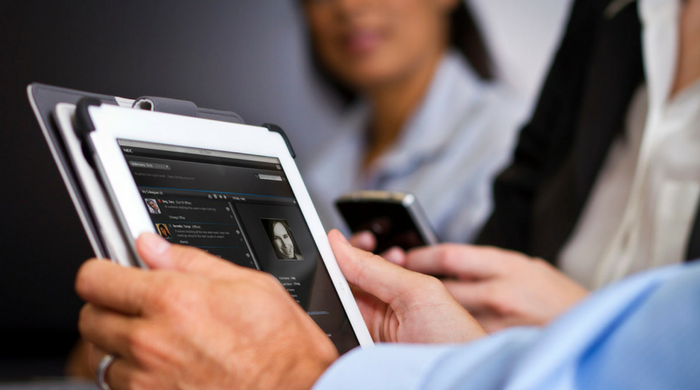It’s amazing how many business owners, managers and others working in a professional B2B capacity think that it’s near impossible to measure ROI at a trade show.
Two of the most common reasons are:
- They struggle to see how it’s possible to collect and analyse specific data sets at such a busy, time-sensitive arena like a trade show
And
- They have been, to an extent, spoiled by the incredible amount of visual data representation offered by online services like Google Analytics and others.
Measuring analytical data when trade show marketing though is nowhere near as hard as some like to make out, especially if they have the right strategy in place and know the types of datasets they want to collect for a specific purpose.
With the average exhibitor spending 40% of their budget on their trade show experience, targeting the right data and visualising it is key to measuring each and every show’s success. Here are some tips on how to do it.
Trade show marketing that produces returns
Before investing in your exhibition tools, graphics and more it’s essential to build a strong strategy that has a clear view on the people that are likely to attend the event, which ones are most crucial to your growth and forward momentum as a business, and what would constitute a successful exhibition for you and the company.
What kind of information are you looking to collect at your trade show? Are you looking to build conversations and nurture potential leads or are you looking to ethically collect contact details of decision makers for future appointments? Some of the most ambitious brands who invest in trade show marketing look to create meetings there and then on the day, such is their passions for the sales process.
That data is the foundation to everything when calculating exhibition ROI, and the more quantitative and qualitative data you and your team can collect on the day, the more likely you’ll be able to create accurate visualisations of your time on the show floor.
In order for this to all go to plan, however, you need to make it easy for staff to collect the data you need from attendees. It’s important to select the right data collection tools or software to ensure that this process runs smoothly and swiftly, and doesn’t interfere with an attendee’s experience at your booth. You want to measure your trade show success, not scare away new leads with endless form filling.
The importance of the hiring the right trade show team
To properly execute that strategy and segment the right pieces of data to a high standard, it’s absolutely vital to have the right team surrounding you, all reading from the same page and who have a firm understanding of not just their role on the day, but of the company’s overall message and growth ambitions.
Outsourcing to a company with vast understanding of exhibition strategies with access to a creative team proficient in a series of roles can also help to improve the way you collect data, create a specific user journey on the day and provide a clear ROI for exhibitors.
One example: A booth hostess could greet people and filter them to different sections, perhaps toward a product demonstrator or a translator if foreign professionals are set to attend the event. Both can have a remit to collect certain data sets, with the overall strategy working toward increasing conversions and supporting the overall growth of the company.
Find out more about how you can collect the right data sets, generate leads at an exhibition and improve your ROI by contacting Expo Stars today.

